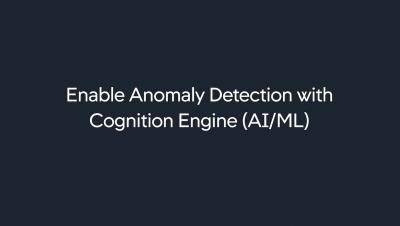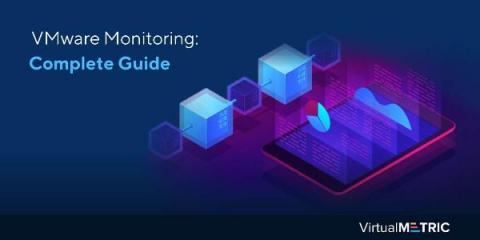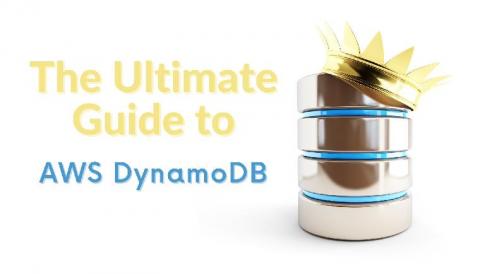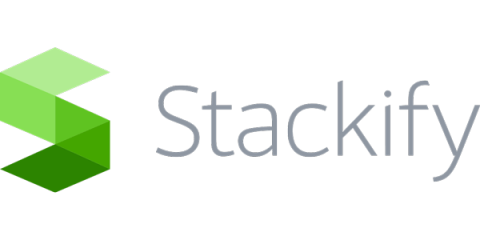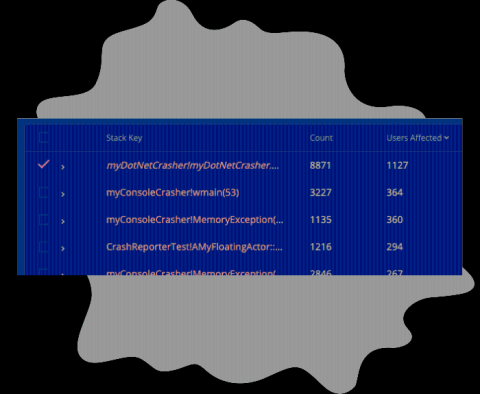Operations | Monitoring | ITSM | DevOps | Cloud
Monitoring
The latest News and Information on Monitoring for Websites, Applications, APIs, Infrastructure, and other technologies.
VMware Monitoring: Complete Guide
The dawn of virtualization and virtual machines or VMs have brought about massive changes in the industrial and commercial sector. Every organization, be it large or small, are now implementing virtual machines on different scales, and it’s saving them a lot of money and resources. But while virtualization is an incredibly powerful computing technology, it is by no means simple to handle.
Using SolarWinds Loggly With MongoDB New Structured Logs
Developing a Dedicated Log Collection & Management Plan
When it comes to your network and server processes, one of the key ways your IT team will collect data and insight is through event logging. Collecting the right event data will help inform both essential processes and services, as well as your network security measures, which is why having the proper collection plan in place is key. At Pandora FMS, we offer a host of comprehensive log collection and network monitoring solutions designed to be easily customized.
The Ultimate Guide to AWS DynamoDB
DynamoDB is a key-value and document database with single-digit millisecond response times at any scale. It’s a fully managed durable database with built-in security, backup and restore capabilities. A keyword you’ll often hear with DynamoDB is that it is a NoSQL database, which simply means it doesn’t use the traditional SQL query language used in relational databases.
How Long Should You Hang Onto Your Data?
One of the most common questions that businesses operating under GDPR, LGPD or other similar data regulations have is how long should you keep data? As answers to this question typically seem to vary widely to clear up confusion, we’ve gathered insights from business leaders & specialists across a variety of industries to try and answer this question and shed light on what are reasonable timeframes to keep hold of data, whether that may be financial, employee or other potentially sensitive data.
3 Ways to Send Emails with Ruby
For many developers, Ruby on Rails framework not only allows them to build web applications, websites, and efficient database solutions, but it can help them optimize mailing operations. You can easily use Ruby on Rails mailer, an automatic tool to build transactional messages of any kind, and make proper authentication. In this article, we review three main ways to work with email sending in RoR, which include some Ruby gems, the Net::SMTP class, and the facilities of the Socket system.
New Feature: Number of Users Affected by a Crash
We've just released a way to track the number of users affected by a crash! If you navigate to the Summary page, you'll now see a column labeled 'Users Affected’, this column shows how many unique users have been affected for each row in the crash summary table. With the data provided by this new column, you’ll have additional information available for prioritizing fixes. The ‘Count’ column is unchanged, and reports the total number of crashes reported by all users.
Your Top 3 AIOps Questions Answered
Artificial intelligence for IT Operations (AIOps) still sounds like something from the future to a lot of IT professionals. Maybe you’ve heard about the benefits but don’t think your organization is ready. In these three short, informative videos, Kia Behnia, Vice President of IT Operations, addresses three key questions IT pros still have when it comes to AIOps.
Why the difference between hosted & contained relationships matters with ServiceNow
Are you designing or working with structured configuration management data? No matter the technology platform, you will have come across relationships between various objects. These relationships are critical to keep your data points in perspective and build the bigger picture. One question that often comes up, when working with relationships is: What is the difference between Hosting and Containment relationships?


